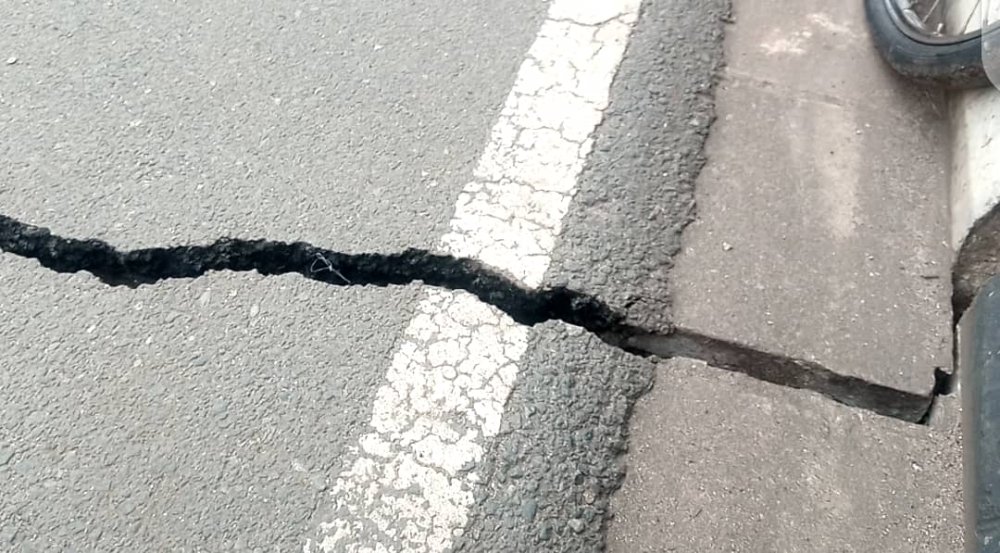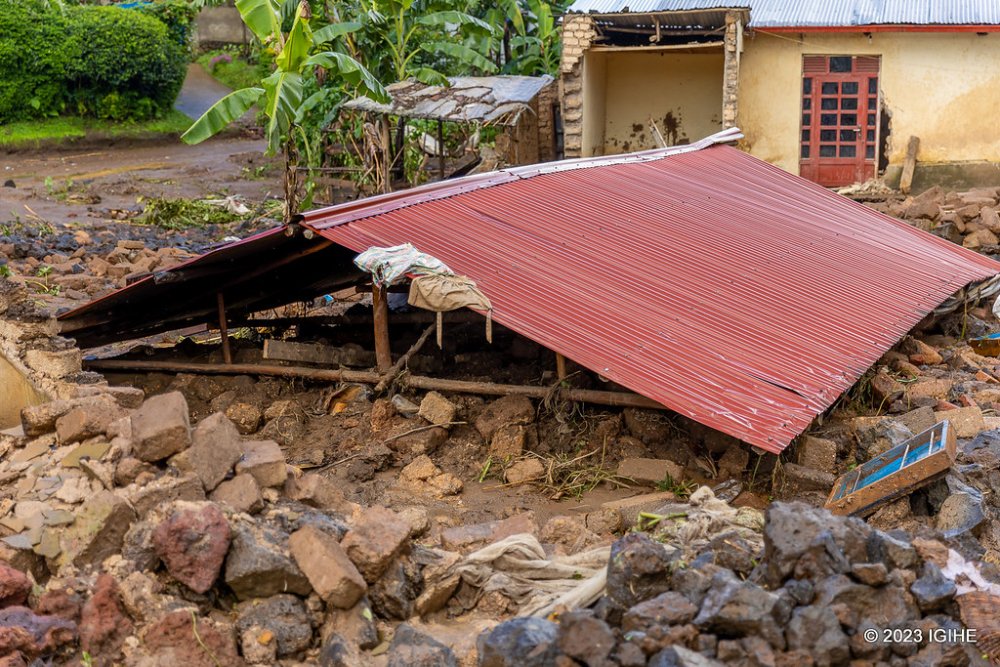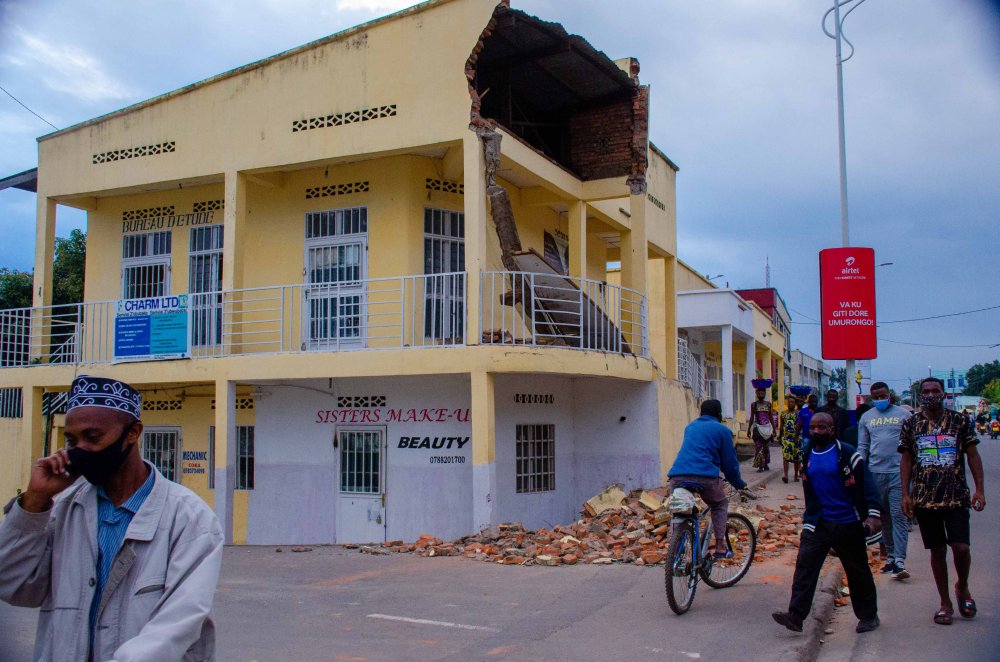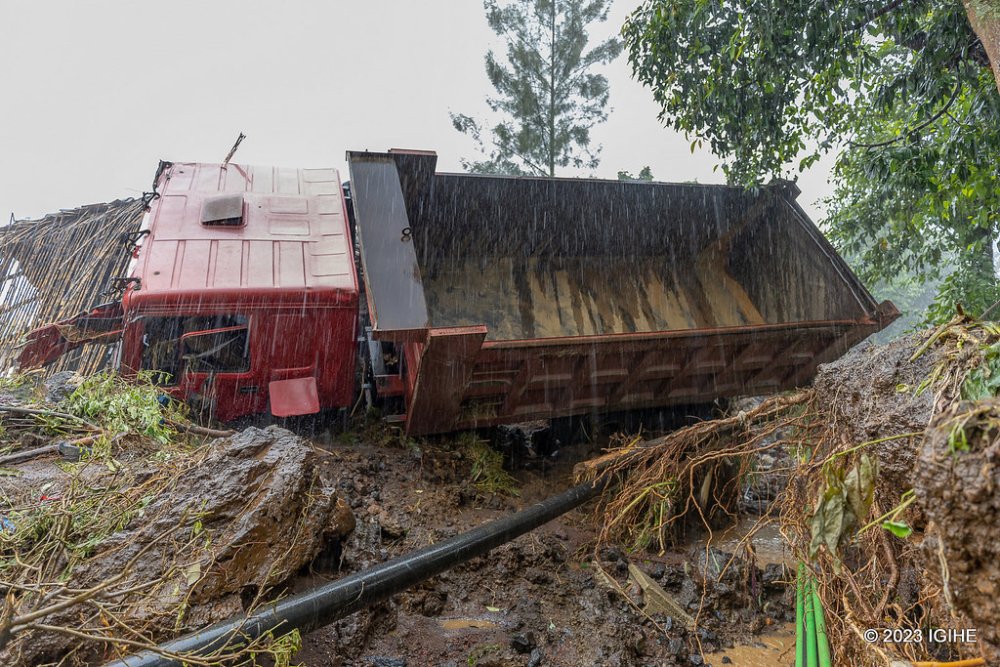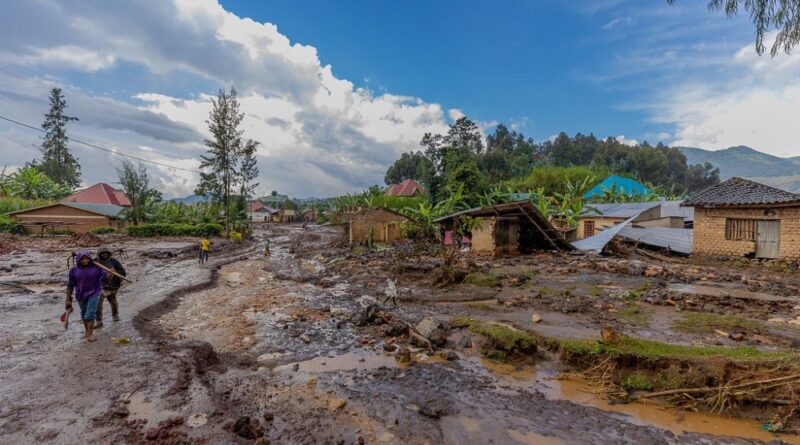Natural Disasters in Rwanda Amid Climate Change
A report by the Ministry of Emergency Management (MINEMA) shows that disasters are one of the largest financial burdens on Rwanda, costing the country $300 million (over 400 billion Rwandan francs) annually.
Disasters are not only a problem for Rwanda but have become a global nightmare, causing loss of life, destruction of property, and leaving survivors destitute.
Data from the United Nations Office for Disaster Risk Reduction (UNDRR) and its affiliated Center for Research on the Epidemiology of Disasters reveal that in 2023, there were 399 major disasters worldwide, severely impacting people.
These disasters claimed over 86,000 lives and affected more than 93 million people.
The economic losses amounted to more than $380 billion, but insured losses were only $118 billion.
These disasters are primarily earthquakes, floods, wildfires, droughts, extreme heat, storms, and other events.
In Rwanda, the situation is worse, given the country’s location in disaster-prone areas such as earthquake zones.
Districts most vulnerable to earthquakes include Nyamagabe, Karongi, Nyamasheke, Rubavu, Rusizi, and Rutsiro, as indicated by the Rwanda Housing Authority (RHA) report.
These regions are part of the Albertine Rift, which forms the East African Rift Valley stretching from Ethiopia to Mozambique.
In addition to frequent earthquakes causing fatalities and infrastructure damage, the region is also susceptible to landslides, where entire hillsides collapse, a common occurrence in Rwanda.
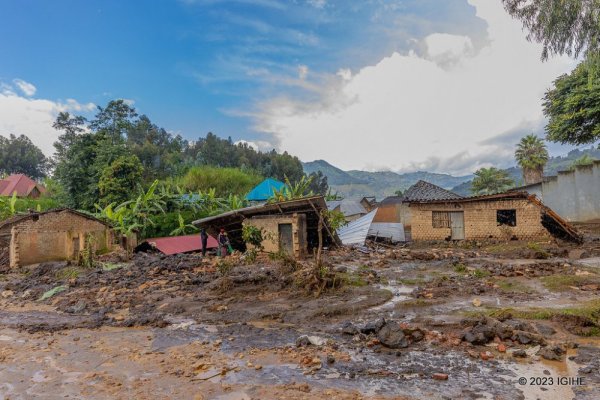
A 2021 report by MINEMA highlights that when Mount Nyiragongo erupted, severely affecting Rubavu District, Rwanda incurred losses amounting to 36.6 billion Rwandan francs, with the cost of recovery reaching 91 billion Rwandan francs.
Furthermore, a 2023 report by the African Development Bank (AfDB) showed that disasters in the Northern, Western, and Southern Provinces in May 2023 caused damage worth over 215 billion Rwandan francs.
MINEMA’s report on the cost of disaster impacts in Rwanda outlines how critical infrastructure and people are at risk during disasters.
In the event of an earthquake, 52% of healthcare facilities, 30% of schools, and 1,211 kilometers of roads would be at risk of damage.
More than 1.5 million people in Rwanda’s Northern and Western regions could be affected by volcanic eruptions if early warning systems are not in place.
The report also indicates that landslides could impact 40% of the population, 43% of healthcare infrastructure, 25% of schools, and 45% of roads in the country.
Additionally, over 28,000 Rwandans are at risk of extreme droughts caused by prolonged dry periods.
MINEMA also reveals that around 100 transportation infrastructures, including roads and bridges, are at risk of damage due to disasters.
Meanwhile, over 15,000 hectares of farmland are vulnerable to disaster damage, which could lead to severe food shortages if preventative measures are not taken.
Farmland spanning over 15,000 hectares is at risk of being destroyed by natural disasters.
Despite its vulnerability, Rwanda has implemented various strategies to mitigate disaster risks, including preventive measures, awareness campaigns, and early warning systems to evacuate people from high-risk areas in advance.
These measures include guidelines for building earthquake-resistant infrastructure, such as schools, hospitals, and roads, and conducting risk assessments for earthquakes in the Northern and Western regions of Rwanda.
A key focus has been on establishing early warning systems, a commitment made during the 2022 United Nations Climate Change Conference (COP27) in Sharm El-Sheikh, Egypt.
At that time, a project was launched to develop early warning systems that could alert people to upcoming disasters, with countries pledging to have such systems in place by 2027.
It was noted that $3.1 billion in investments would be needed to ensure that all necessary components are in place to alert populations at least 24 hours before disasters occur.
This early warning system is critical for saving lives, as a 2022 UNDRR report showed that countries with such systems reduce disaster-related fatalities by a factor of eight compared to those without them.
The report demonstrated that when people are warned of impending disasters 24 hours in advance, damage is reduced by 30%. It was further revealed that investing $800 million in early warning systems in developing countries could protect assets worth between $3 billion and $16 billion.
MINEMA data indicates that in Rwanda, 298 people lost their lives to disasters in 2020. This number decreased to 116 in 2021 but rose again in 2022, with 205 fatalities, and in 2023, the death toll reached 243.
